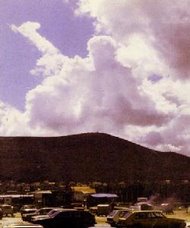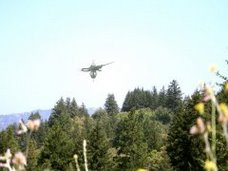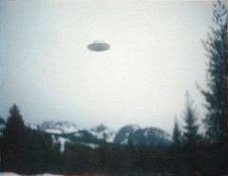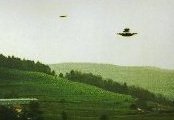A longstanding interest of scientists has been migration of animals and birds, i.e. movements of animals and birds in large numbers from one place to another. In modern usage the term is usually restricted to regular, periodic movements of populations away from and back to their place of origin. A single round trip may take the entire lifetime of an individual, as with the Pacific Salmon; or an individual may make the same trip repeatedly, as with many of the migratory birds and mammals. The animals may travel in groups along well-defined routes; or individuals may travel separately, congregating for breeding and then spreading out over a wide feeding area, as do some of the seals.
Seasonal migrations occur in many species of insects, birds, marine mammals, and large herbivorous mammals. These migrations often provide the animals with more favorable conditions of temperature, food, or water. Many birds and a few bats of cold and temperate regions migrate to warmer areas during the winter. Herbivores of cold regions, such as wapiti (elk), caribou, and moose, have summer and winter ranges; many herbivores of warm regions, such as the African antelopes, migrate seasonally to avoid drought. These migrations may involve a change of latitude, of altitude, or both.
In many cases the chief function of seasonal migration is to provide a suitable place for reproduction, which may not be the place most suitable for the feeding and other daily activities of adults. Hundreds of thousands of gnus (wildebeests) of E Africa take part in annual migrations to calving grounds. Many fishes migrate to spawning grounds, and in some cases this involves a change from saltwater to freshwater (e.g., salmon) or vice versa (e.g., freshwater eels). Sea turtles, seals, and many sea birds come ashore to breed, and most amphibians gather near water at the breeding season. Fur seals and many whales make ocean voyages of thousands of miles to their breeding grounds, the former coming ashore on islands. Such migration is seriously affected by the increasing rate of destruction of natural habitats.
Much work has been done on orientation and navigation in migrating animals, although the subject is still not well understood. Studies of salmon indicate that they depend on the olfactory sense to locate and return to their stream of origin. Herbivorous mammals often follow well-established trails and probably also use their sense of smell. Bats, whales, and seals use echolocation to navigate in the dark or underwater; in addition, some whales appear to take visual bearings on objects on the shore in their migrations.
Migratory birds are believed to use the stars, sun, and geographic features as guides. The probability that stellar navigation is used has been strengthened by experiments in planetariums indicating that birds navigate at least in part by the stars. Night-migrating birds are sometimes disoriented in prolonged heavy fog. Day-flying birds navigate by the sun and also make some use of geographic features, particularly of shorelines. It has long been proposed that birds perceive the direction of the earth's magnetic field and use it for navigation, but experimental evidence for that hypothesis is inconclusive. Most migratory birds travel within broad north-south air routes known as flyways. There are four major flyways in North America, called the Pacific, central, Mississippi, and Atlantic flyways. The space within the flyway used by a particular group of birds is called a corridor. Bird migration is not always in a north-south direction. Many European birds migrate in an east-west direction, wintering in the more temperate British Isles, and many mountain-dwelling birds descend to lower altitudes in winter. The breeding grounds of a bird species are regarded as its home territory. Some migratory birds winter only a few hundred miles from their breeding grounds, while others migrate between the cold or temperate zones of the two hemispheres. The longest journey is made by the arctic tern, which alternates between the Arctic and the Antarctic.
The monarch butterfly has a north-south migration pattern that resembles that of many birds. One monarch population that inhabits northeastern and midwestern North America averages c.12 mph (19 kph) as it heads for the winter to Mexico's Sierra Madre mountains. Monarchs start the return trip in the spring, but they breed along the way and then die; the new generation completes the journey.
Friday, January 11, 2008
Subscribe to:
Comments (Atom)















